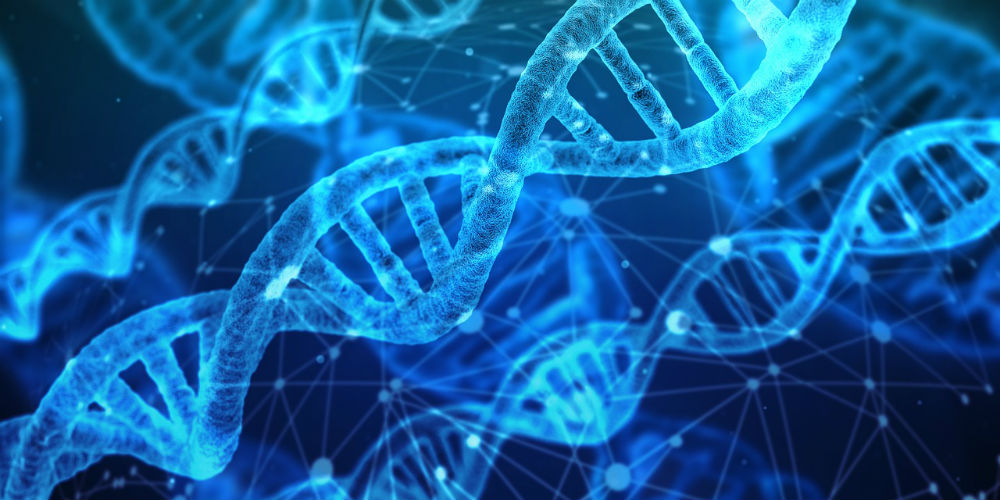
A lot of emotions can be triggered by learning your family’s history. Getting to know one’s biogeographical ancestry can answer many questions – and provide more too. It’s relatively easy to find out more information about your bloodline, the origin, possible migrations and any pattern of evolution. Getting a ‘haplogroup’ report can provide you with access to all of that information.
What is a ‘Haplogroup’?
It simply refers to a group of people that have a common ancestor. This group can aid you in discovering a lot of astonishing facts about both your paternal and maternal bloodlines.
Haplogroups are of two types-
- mtDNA Haplogroup: This represents the group with the mitochondrial DNA. It is present in both males and females and passed down by women to children. This is the reason why both genders can discover their mother’s lineage.
- Y-DNA Haplogroup: The Y chromosome in the DNA is male-specific. It transfers solely from father to son in what is a direct male line of descent. As a result, only men can trace their paternal lineage using the Y chromosome. What this implies is that females cannot follow their paternal lineage on their own, except through a man related directly to their paternal grandfather.
Or that used to be the universal belief until recently.
Researchers recently reported that some fathers, from three totally unrelated families tore up the genetic rule book by passing those small energy factories present in cells, Mitochodria, to their children.
After the father’s sperm fertilises the woman’s eggs, the mitochondria in the sperm are destroyed, leading to the conclusion that only mothers transfer mitochondria. However, the new research has suggested that indeed dads can contribute mitochondria too, providing the possibility of females tracing their paternal lineage in the same manner as males.
The genetic ‘oddity was noticed by Paldeep Atwal, a Mitochondrial disease researcher and he found the paternal insignia after examining DNA from a woman's Clinic in Jacksonville, Fla. On its own, the DNA in a cell’s nucleus is contributed equally from both parents and consists of all the genetic specifications for the body. Mitochondria too possess their own DNA, that carries some of the genes required for developing and running the organelles. Atwal, who now operates a private clinic in Jacksonville discovered that the cells of the woman, however, strangely contained two types of mitochondrial DNA, from her and “from elsewhere”.
At first, he thought it was a mistake, so he and his colleagues ran the tests a second time. The results came in the same as the first, and that was when Atwal and his colleagues started to get a little bit suspicious.
The team of researchers tested the dad’s mitochondrial DNA and discovered him to be the owner of the mysterious mitochondria. The woman was not the only one in the family that inherited mitochondria from the father, her brother did too. The woman’s brother also got mitochondria from the dad. At that stage, Atwal’s interest was piqued. He contacted another mitochondrial disease expert, Taosheng Huang from the Cincinnati Children’s Hospital Medical Center, who happened to have had the same experience with two fathers from different families, handing down mitochondria to their kids. So far now, all together, the researchers have found 17 people in the three unrelated families who got about 24 percent to 75 percent of their mitochondria from their fathers.
Sophie Breton, an evolutionary biologist says she was not really surprised. This is because previous researches in other animals and plants have shown that males sometimes pass on mitochondria and in one human case attributed to contamination or a technical glitch, researchers found a fathers’ mitochondrial DNA in a son’s muscle cells.
Mitochondrial geneticist Douglas Wallace, head of the Centre for Mitochondrial and Epigenomic Medicine at the Children’s Hospital of Philadelphia noted: “it’s not going to be a very common event, and mothers will probably always be the primary source of their children’s mitochondria. Nevertheless, in a few rare cases like the above, the biological system that normally determines the destruction of paternal mitochondria may fail, leaving some of the fathers’ mitochondria to multiply.
It is not yet fully known what the consequences of inheriting mitochondria from both parents are. There may be some hybrid inherited characteristics or disease because of the combination. You may want to consider going for a DNA test to know if you are one of the rare cases. This can help to find out whether you are susceptible to some diseases. You can know your genetic profile using the dna test kit, which in turn can help you make healthier lifestyle choices and handle health issues more appropriately.
The one thing that is now possible is that females do not always have to belong to a mtDNA Haplogroup before they can discover their paternal lineage. Perhaps, there will be more frequent failures in the biological system that determines the presence of dad’s mitochondria.
Go forth with this information and wish your dad a Happy Fathers’ Day!
Tagged in Family

